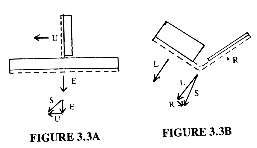Deino
INT'L MOD

- Joined
- Nov 9, 2014
- Messages
- 12,780
- Reaction score
- 22
- Country
- Location
you asked a question my answer was right, in fact i was not off topic since you were the one that asked, I never did anything wrong, i fact i wonder why you never said you are wrong or right, why my answer was wrong, are not people to exchange ideas in forums?
In fact I gave you an understanding at least that PAKFA, F-18 or even F-35 use V tails, but if you think that is wrong, then this thread should be re-name no discussion J-20 photo album and to be honest it will become so boring, that is why I like secret projects forum, there they have a much better tolerance and overscan was pretty smart in the thread he has about J-20 DSI intake quiet en-lighting in fact pretty smart guy and all the forum members there quiet respectful, here is a bunch of insults and intolerance and pretty much low level conversation with a lot of fantasy and little technical detail, I think you should first look for people respect each other and later try to make it people learn otherwise it is to be honest kinder garden level photo album of J-20
You don't get it, exactly as at the SDF: Again you are lecturing ad nauseum on irrelevant things and complain about YOUR point of view and then you feel offended. To tell us water is wet and the sky is blue is also not wrong, but it is irrelevant when the question was "what maneuver that J-20 was executing on the pic"?
Therefore I have nothing against discussions, quite to the contrary, but if a simple question is given and one certain member constantly goes off by his own ex-curses in avionics, then this is off. In fact I only noticed a certain detail and the question - not even mine - was "what maneuver that J-20 was executing on the pic"? Not again a long story about the difference of a V-tail, regular rudders and so on and if you prefer the Secretprojects forum, just go ahead.








